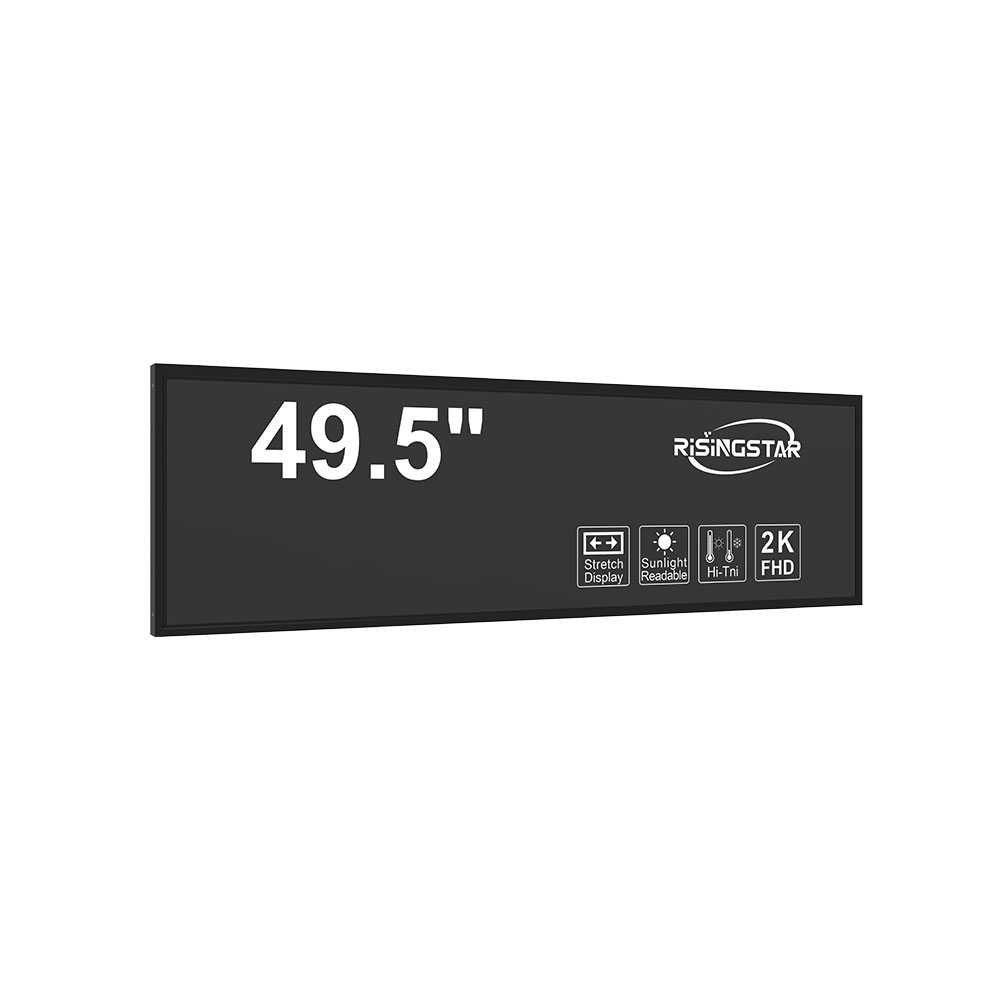
Declaración de privacidad: Su privacidad es muy importante para nosotros. Nuestra empresa promete no divulgar su información personal a ninguna empresa externa sin su permiso explícito.
In outdoor applications—ranging from military field equipment and industrial control panels to public transportation displays and agricultural monitoring systems—the visibility of a display under direct sunlight is critical. A standard LCD screen typically fails in bright environments due to insufficient brightness, contrast degradation, and glare issues. This is where high-brightness sunlight-readable LCDs come into play—engineered specifically to maintain legibility even under extreme lighting conditions, such as full sun at 100,000 lux or higher.
High-brightness sunlight-readable LCDs are not merely brighter versions of conventional screens; they involve a holistic design approach that includes specialized backlighting, anti-reflective coatings, advanced polarizer technology, and sometimes even active ambient light compensation. According to the ISO 9241-3 standard, human factors engineering requires that display brightness be adjusted dynamically based on ambient lighting to reduce eye strain—a key principle applied in modern high-brightness displays.

One of the most common specifications for these displays is a minimum brightness level of 5,000 nits (cd/m²), though professional-grade models can exceed 10,000 nits. For example, the VESA DisplayPort 1.4 compliant LCD modules used in military UAVs and tactical vehicles often reach 15,000 nits, enabling reliable operation in desert or arctic environments. These values are verified using photometric standards like CIE 13.3–1995, ensuring accuracy across global markets.
Another crucial factor is the use of transflective liquid crystal technology, which combines reflective and transmissive modes. In low-light conditions, the display uses ambient light (like sunlight) to reflect off a rear mirror-like layer, reducing power consumption. In darker settings, it switches to a full-transmissive mode powered by a high-efficiency LED backlight. This hybrid system offers optimal performance across diverse environments—an advantage widely adopted in ruggedized handheld devices, such as those from Garmin and Trimble.

Manufacturers like LG Display, AU Optronics, and Sharp have invested heavily in R&D for high-brightness LCDs. Their latest models integrate OLED-like pixel-level control with traditional LCD structures to improve contrast ratios up to 10,000:1—critical for readability when viewing maps, schematics, or text on-site. Additionally, IP65-rated enclosures and MIL-STD-810G shock resistance ensure durability in harsh weather and vibration-prone conditions.
Case studies from the U.S. Department of Defense show that replacing legacy 2,000-nit displays with 7,000-nit sunlight-readable panels improved mission readiness by 30% in field operations. Similarly, a study by the University of California, Davis, demonstrated that farmers using 5,000-nit displays for real-time soil moisture readings reduced water waste by 18% compared to those relying on lower-brightness alternatives.
When selecting a high-brightness sunlight-readable LCD, engineers must consider total system integration: backlight efficiency, thermal management (since high brightness increases heat output), and compatibility with existing embedded processors. For instance, integrating an LCD with an ARM-based SoC like the Raspberry Pi 4 may require custom firmware to manage brightness scaling and ambient light sensors effectively.
Ultimately, choosing the right high-brightness LCD involves balancing cost, performance, environmental resilience, and long-term maintenance. As industries move toward digital transformation in outdoor operations—from smart cities to autonomous vehicles—the demand for robust, readable displays will continue to grow. With proper selection and implementation, these screens can significantly enhance user experience, safety, and operational efficiency in demanding environments.
Enviar correo electrónico a este proveedor

Declaración de privacidad: Su privacidad es muy importante para nosotros. Nuestra empresa promete no divulgar su información personal a ninguna empresa externa sin su permiso explícito.